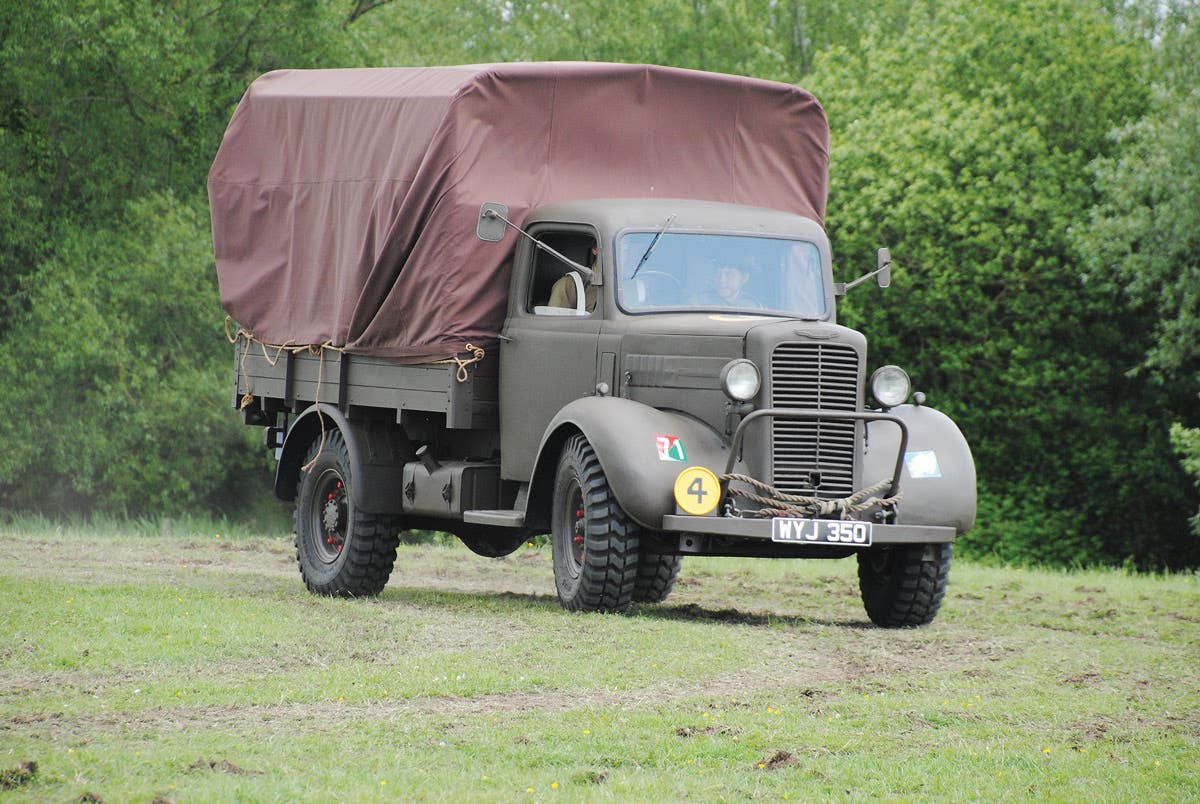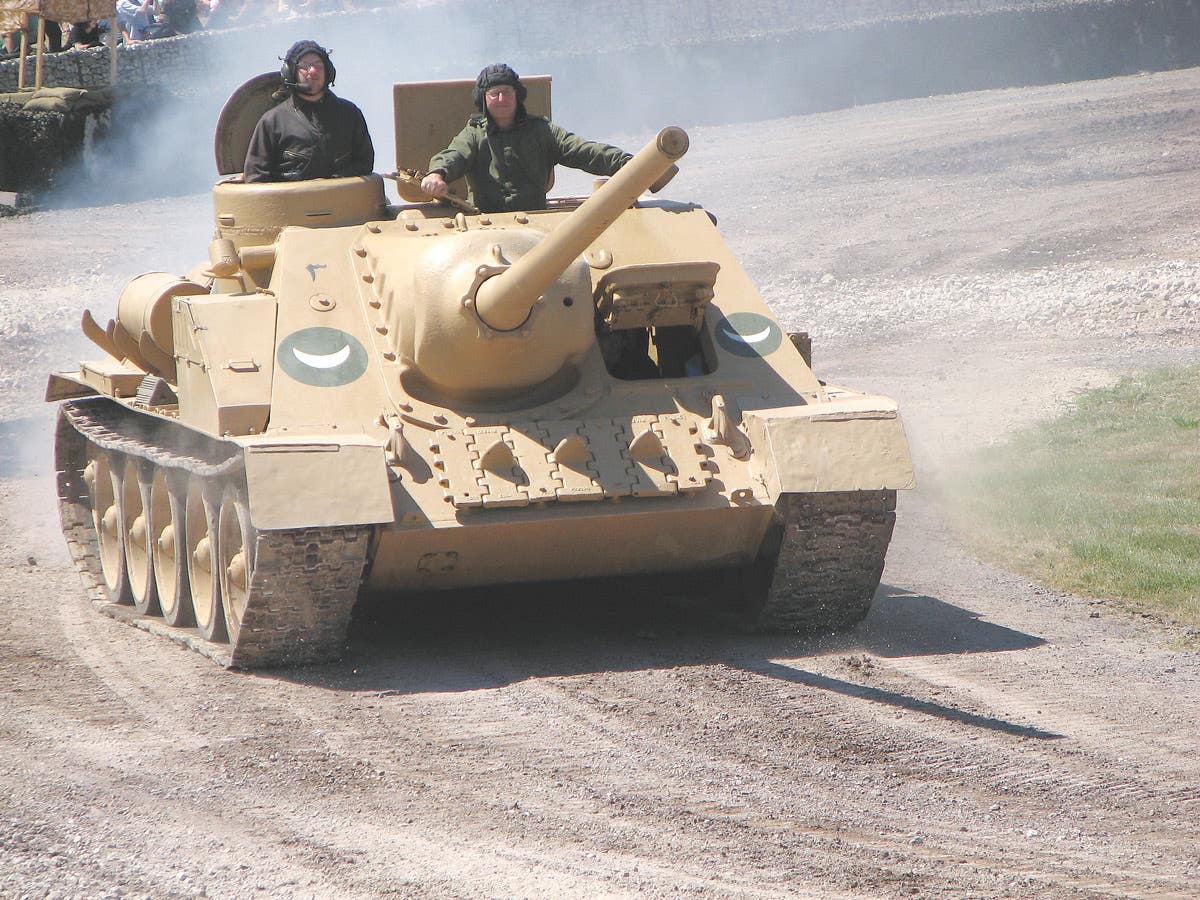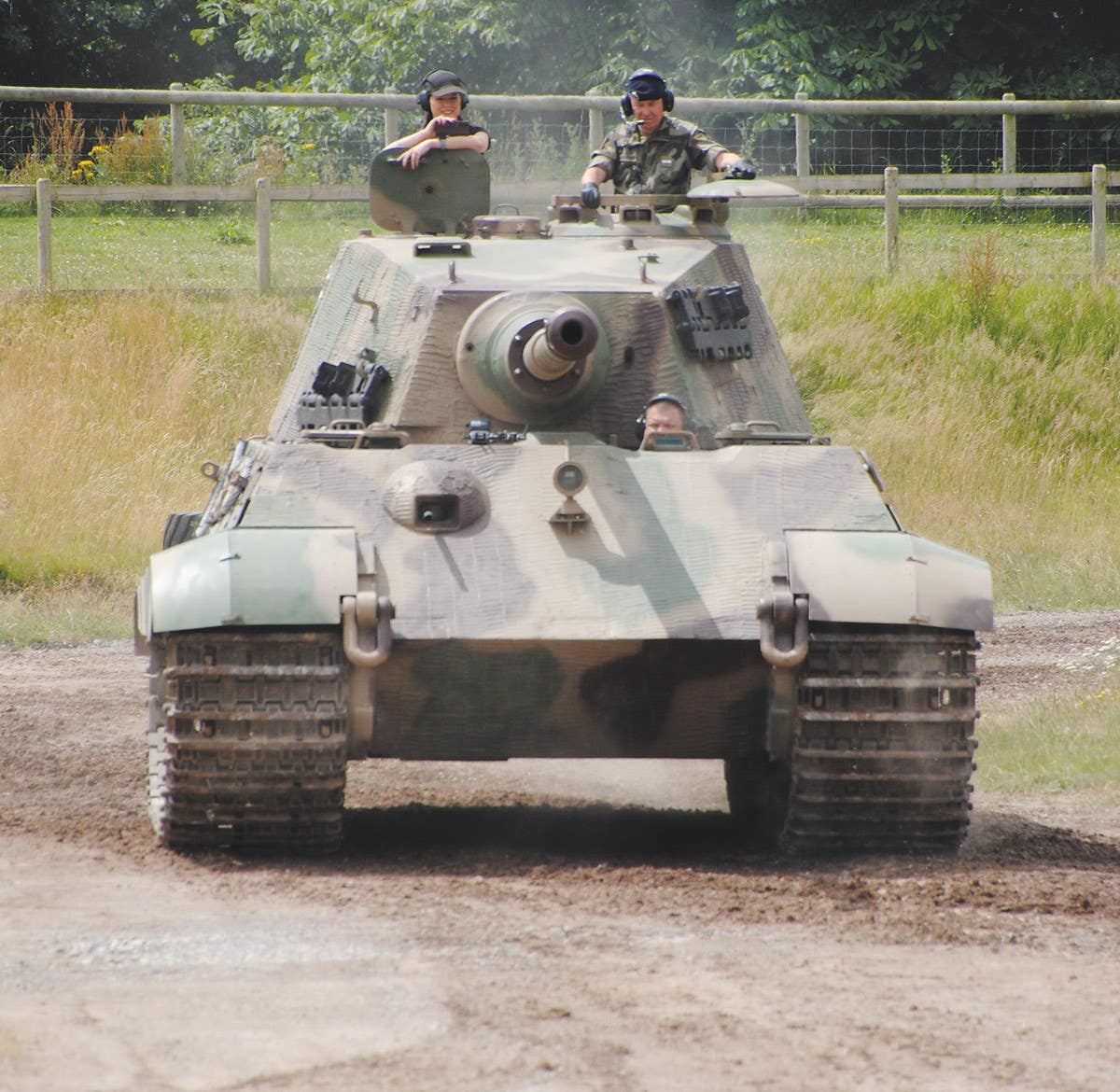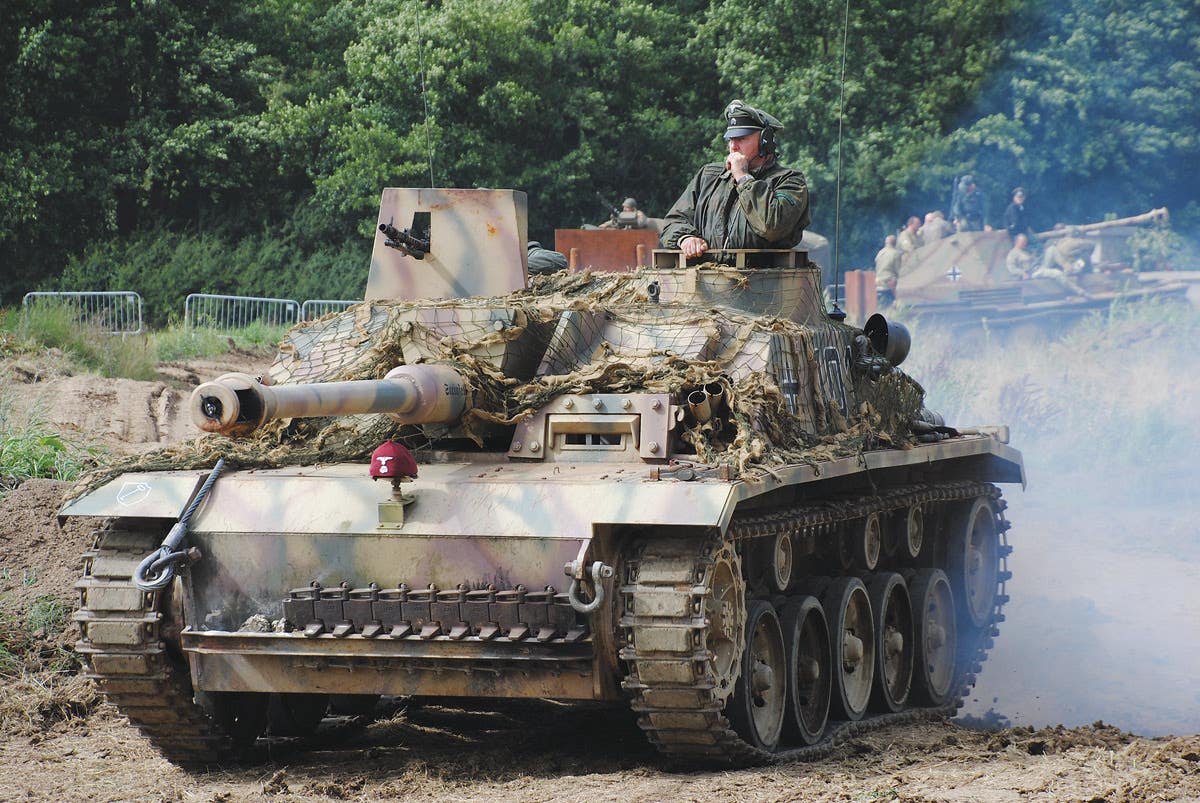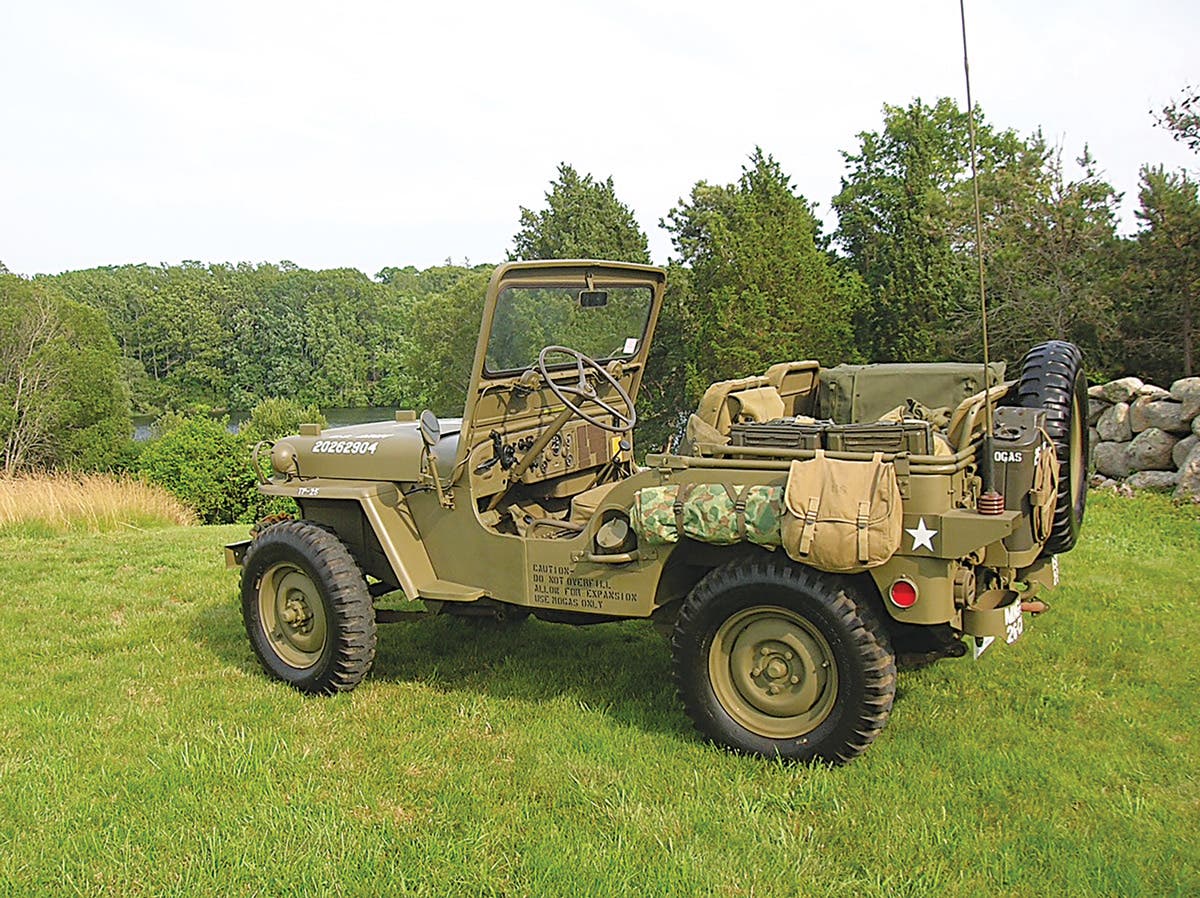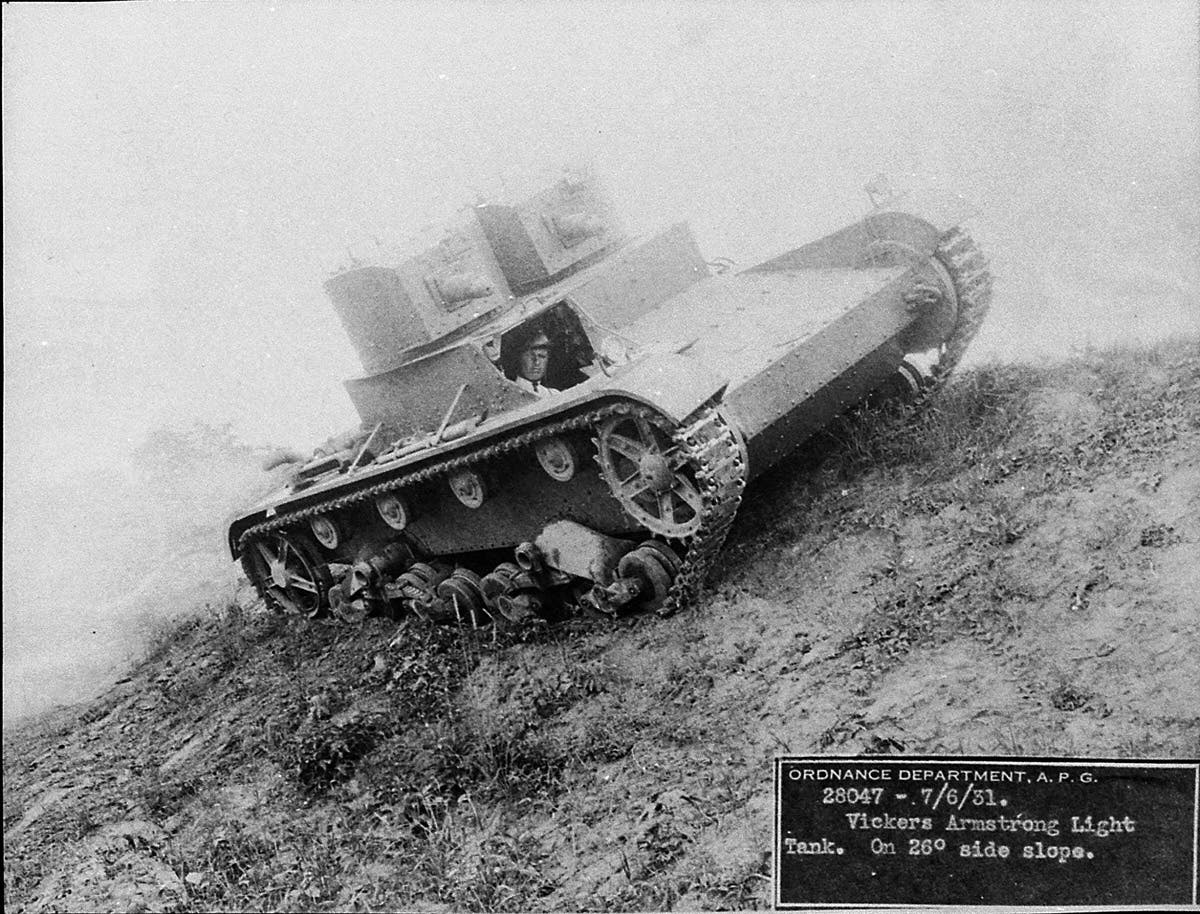Not all vehicles used by the military need carry a knockout punch with their weaponry, nor do they have to be large or heavily armoured, to provide essential support. Indeed, sometimes even the smallest vehicle can prove to be vital beyond its size and defined role and, when fitted with the right weapons, even take on and destroy armoured vehicles which are many times greater and more powerful than it.
One such vehicle which did all of this, and much more, was the M274, which entered service with the US Army in 1956, designated as the ‘Carrier, Light Weapons, Infantry,1/2 ton, 4X4 M274’, it was just too late to be used during the Korean War, but it would go on to prove itself invaluable, especially during the Vietnam War. The official term for the vehicle was reduced down to ‘Truck, Platform, Utility, ½ ton, 4X4 M274’, but the troops would come to call it either the ‘Mechanical Mule’ or simply the ‘Mule’. When production was halted in 1970 some 11,240 in six versions had been built, with the last of them being withdrawn from use in the1980s, after having provided a service spanning four decades.
Built by companies such as Willys, the company which had produced the Jeep in WWII, Bowen-McLaughlin-York and Baifield Industries, the M274 weighed only 795 pounds and unarmoured. Even so, the vehicle would be no stranger to combat as testified to by the fact that out of the production figure it is estimated that around 5,000 Mechanical Mules were either lost as a result of fighting during the Vietnam War or left behind when the last American troops evacuated in 1973.
Development of the vehicle began in the mid-1940s and from the very beginning it was seen as a possible replacement for both the Jeep and ‘Weapons Carriers’ which had been used during WW II. A small number of, what could be could be termed as prototype models, were trialled in 1948 and impressed the military observers which led to several vehicles being acquired. Field trials were conducted at Eglin Field in Florida where it demonstrated its all-round value as a workhorse for carrying heavy loads. Its light weight and compact design was seen as being viewed as an ideal utility vehicle suited to jungle environment and to accompany airborne troops to move their heavy loads, such as ammunition and mortars, during operational deployment.
Later on it would prove itself capable of serving in other vital roles, including the evacuation of wounded stretcher cases and as a mobile platform on which support weapons such at RCLs and heavy machine guns could be mounted. In early 1962 the US Military increased its strength in South Vietnam in response to the increased tension in the region, by which time the Mechanical Mule had been in service for eight years. It would be during the Vietnam War that the vehicle became one of the enduring images, by successfully operating in all the roles for which it had been trialled. The reliability of the vehicle and its operational range of over 100 miles with a full fuel tank of eight gallons of gasoline made it the perfect vehicle for operating within the restricted confines of either firebase compounds or the perimeters of airfields.
Measuring eleven feet and ten inches in length, and four feet two inches in width and the same in height, the Mechanical Mule was capable of carrying payloads up to half a ton. Its nimbleness would prove invaluable on firebases where it was used to deliver ammunition and other supplies right up to the positions where it was required, often during heavy exchanges of fire. Fitted with only low side rails to prevent cargo from slipping during transportation, with its flat-bed cargo space it resembled a stripped down, open-sided pick-up truck. The design lacked any form of suspension which was compensated for by running the tires with low-pressure. With a ground clearance level of only twelve inches it meant the vehicle was restricted in operating fully over open cross-country terrain but it able to wade water obstacles up to depths of 18 inches.
The exposed driver’s seat was positioned on the left, with the steering wheel slightly offset to the driver’s right-hand side. This allowed the steering column to be adjusted into different positions to permit the driver to operate the vehicle seated or even lying flat if under fire. Such operational features, along with its ability to be used as a platform for weapons led the design inspiring the development of similar vehicles in other armies, such as the Austrian ‘Haflinger’ and the Russian LuAZ-967.
THE MULE M274 BY THE NUMBERS
- Length: 118-inches
- Wheelbase: 57-inches
- Width: 50-inches
- Height: 50-inches
- Suspension: None
- Angle of approach: 40 degrees
- Angle of departure: 34 degrees
- Gradient: 65%
- Side slope: 45%
- Vertical obstacle: 12-inches
- Trench span: 12-inches
- Ford depth: 18-inches
- Ground clearance: 12-inches
- Turning radius: 4-wheel right turn: 21-feet and 4-inches. 4-wheel left turn: 23-feet and 4-inches
- 2-wheel right turn: 38-feet
- 2-wheel left turn: 44-feet and 5-inches
All Mechanical Mules had three forward speeds and one reverse, with a two speed transfer case. The four wheel drive versions were fitted with locked differentials which allowed them to move even when only one wheel had traction. The steering column could be set in multiple positions so the driver could operate the vehicle from almost any position, including crouching down, and move as slow as 1mph in first gear to negotiate vertical obstacles up to 12-inches. Another design feature provided for the seat and the foot basket to be detached and stored underneath the platform, allowing it to be used as a steerable trailer through the adjustable steering column. When used like this, the M274 could support infantry in tasks including stringing telephone wire with a cable reel or carrying patients on stretchers for evacuation.
The type of engine fitted depended on the company producing the version at the time, but all engines were air-cooled, rear-mounted gasoline driven. For example, the M274 and M274A1 versions were fitted with four-cylinder air-cooled Willys A04-4-53 of 16hp which provided a top speed of 25mph on roads. From the M274A2 version, through to the M274A5 version, all vehicles were fitted with two-cylinder, four cycle Continental-Hercules air-cooled engines.
*As an Amazon Associate, Military Trader / Military Vehicles earns from qualifying purchases.



